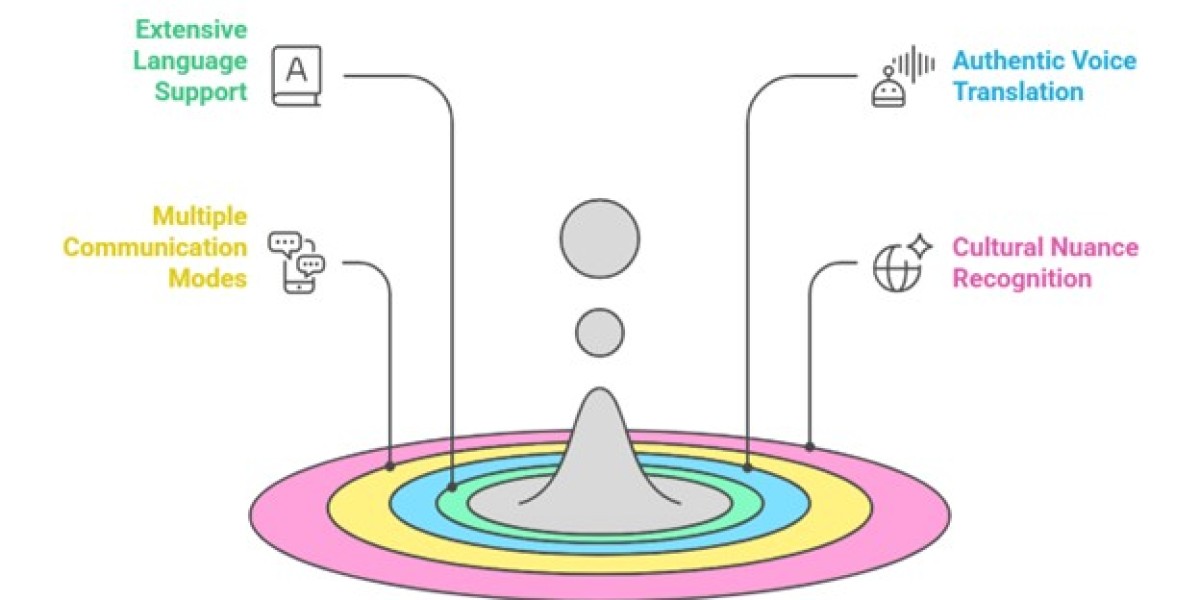Introduction to Vector Conversion
In the world of digital design, vector conversion plays a pivotal role. It involves transforming raster images into vector graphics, enabling designers to create scalable and high-quality visuals. This process is crucial for various industries, including graphic design, printing, and embroidery. Understanding the intricacies of online vector conversion can significantly enhance your design capabilities and streamline your workflow.
Understanding Raster and Vector Graphics
Raster graphics are composed of pixels, which makes them resolution-dependent. This means that scaling a raster image can lead to loss of quality and pixelation. Common formats for raster images include JPEG, PNG, and GIF. On the other hand, vector graphics are created using mathematical equations, allowing them to be infinitely scalable without any loss of quality. Vector formats include SVG, EPS, and PDF.
The Importance of Vector Conversion
Vector conversion is essential for several reasons:
- Scalability: Vector images can be resized without compromising quality, making them ideal for logos, illustrations, and other designs that need to be used in various sizes.
- Editability: Vector files are easily editable, allowing designers to make precise adjustments to individual elements within the graphic.
- Versatility: Vectors are versatile and can be used across different mediums, from digital screens to large-scale prints.
Steps in Online Vector Conversion
1. Selecting the Right Software
Choosing the right software is the first step in successful vector conversion. Popular tools include Adobe Illustrator, CorelDRAW, and online converters like Vector Magic and Inkscape. These programs offer robust features to facilitate smooth and accurate vectorization.
2. Preparing the Raster Image
Before converting, ensure your raster image is clean and of high quality. Remove any background noise and enhance the contrast to make the vectorization process more efficient.
3. Tracing the Image
Using the chosen software, begin by tracing the raster image. Most programs offer automatic tracing tools, which can simplify the process. However, manual tracing may be necessary for complex designs to ensure precision.
4. Refining the Vector
Once the initial tracing is complete, refine the vector by adjusting the paths and nodes. This step is crucial for achieving a clean and professional result. Pay attention to details such as curves and angles to maintain the integrity of the original design.
5. Exporting the Vector File
After refining, export the vector file in the desired format. Ensure to choose a format compatible with your intended use, whether for web, print, or other applications.
Advanced Techniques in Vector Conversion
Manual Vectorization
While automatic tools are convenient, manual vectorization allows for greater control over the final output. This technique involves meticulously tracing the image using pen tools and adjusting each node and path to match the original design accurately.
Layer Management
Effective layer management is essential in vector conversion. Organize different elements of your design into separate layers to facilitate easier editing and manipulation. This practice also helps in maintaining a structured and clean file.
Color Management
Vector graphics offer advanced color management options. Utilize color palettes and swatches to maintain consistency across your design. Additionally, vector formats support gradients and patterns, enhancing the visual appeal of your graphics.
Common Challenges and Solutions
Dealing with Complex Images
Complex images with intricate details can be challenging to vectorize. In such cases, breaking down the image into smaller sections and converting them individually can simplify the process. Additionally, using high-resolution images as a reference can improve accuracy.
Maintaining Image Quality
One common issue in vector conversion is maintaining the quality of the original image. To address this, ensure to use high-quality raster images and refine the vector paths meticulously. Avoid over-simplifying details, as this can lead to loss of essential elements.
Handling Text and Fonts
When vectorizing images containing text, it is crucial to use vector-compatible fonts. Convert text to outlines to prevent any font-related issues during the conversion process. This step also ensures that the text remains editable within the vector file.
Applications of Vector Graphics
Logo Design
Logos often need to be resized for various applications, making vector graphics the perfect choice. Vector logos maintain their quality across different mediums, from business cards to billboards.
Illustrations and Artwork
Illustrators benefit greatly from vector graphics due to their scalability and editability. Detailed artwork can be created and modified with ease, ensuring that every element is precise and visually appealing.
Embroidery Digitizing
In embroidery digitizing, vector graphics are used to create intricate designs that can be accurately reproduced by embroidery machines. The precision and scalability of vectors make them ideal for this purpose.
Print Media
Vectors are essential in print media for producing high-quality prints. Whether for brochures, posters, or packaging, vector graphics ensure that the final product is sharp and professional.
Choosing the Right Online Vector Conversion Service
Reputation and Reliability
When selecting an online vector conversion service, consider its reputation and reliability. Look for reviews and testimonials from other users to gauge the quality of service provided.
Turnaround Time
Consider the turnaround time offered by the service. In a fast-paced industry, quick and efficient conversion is crucial to meet deadlines and maintain productivity.
Pricing and Value
Evaluate the pricing structure and the value offered. Some services may charge per image, while others offer subscription plans. Choose a service that provides a balance between cost and quality.
Customer Support
Good customer support is essential in case you encounter any issues or have specific requirements. Ensure that the service offers responsive and helpful support to address your needs.
Conclusion
Mastering the art of online vector conversion by Absolute Digitizing can significantly enhance your design capabilities and streamline your workflow. By understanding the differences between raster and vector graphics, utilizing advanced techniques, and choosing the right tools and services, you can achieve professional and high-quality vector graphics suitable for a wide range of applications. Whether for logo design, illustrations, embroidery digitizing, or print media, vector graphics offer unmatched scalability, editability, and versatility. Embrace the power of vector conversion to elevate your design projects to new heights.









